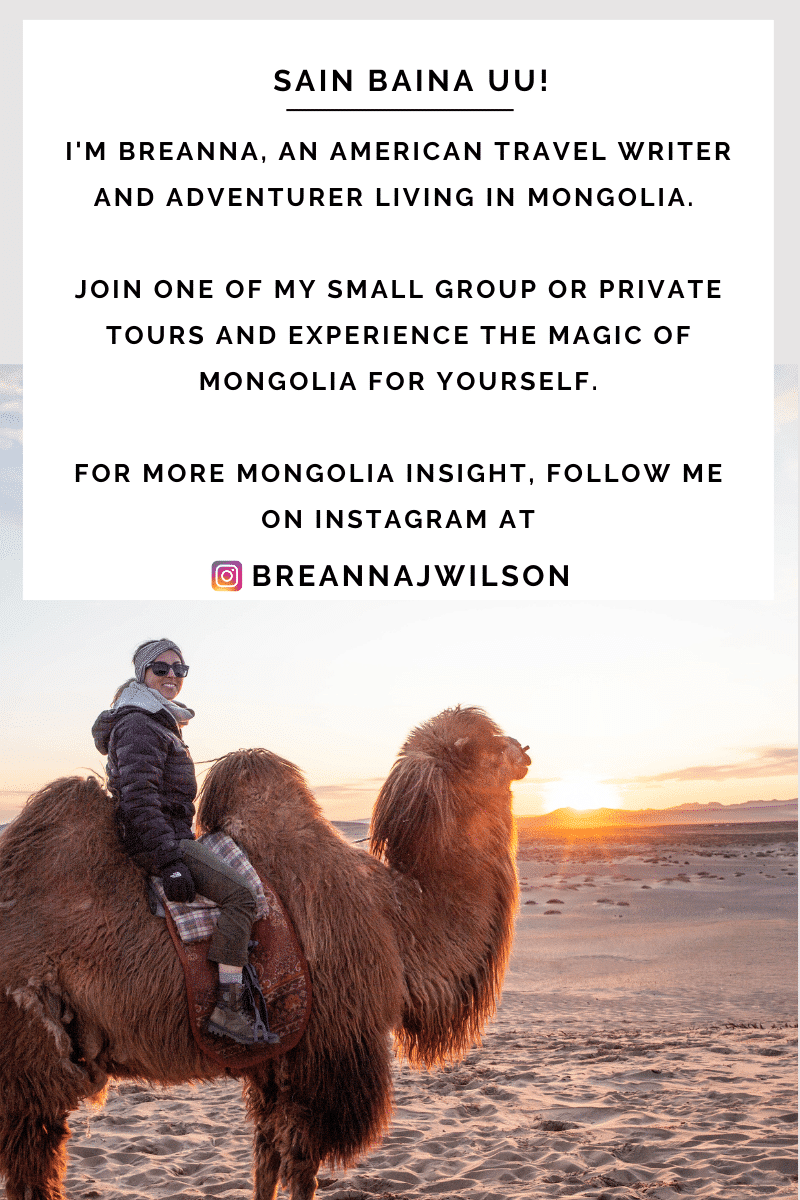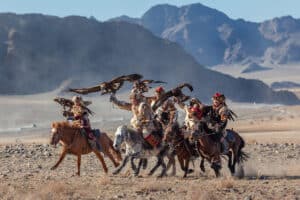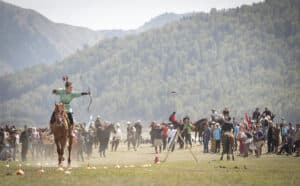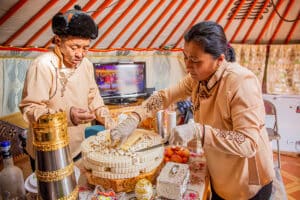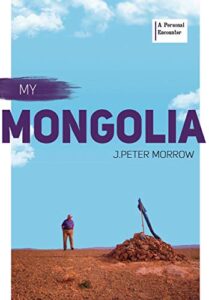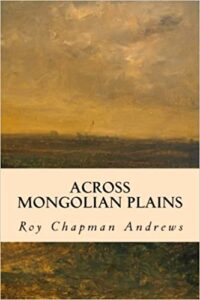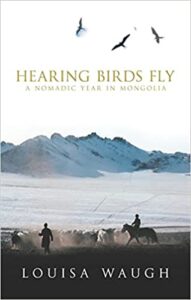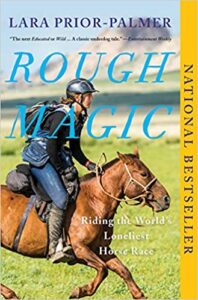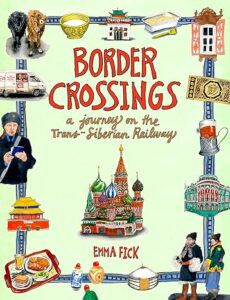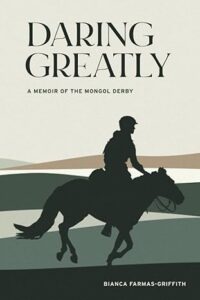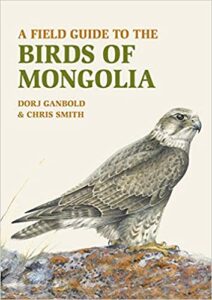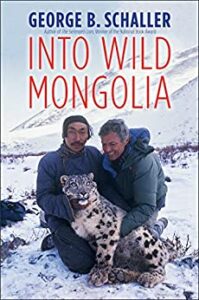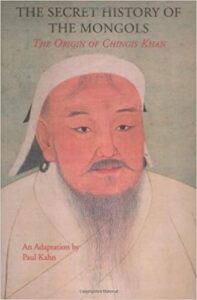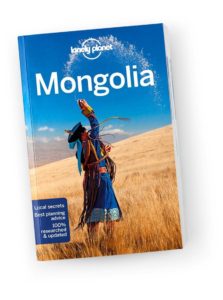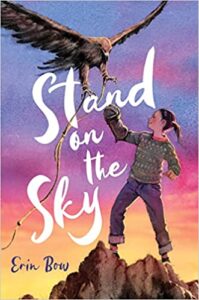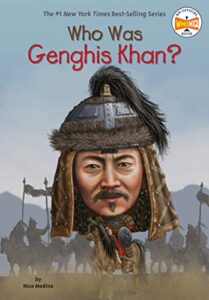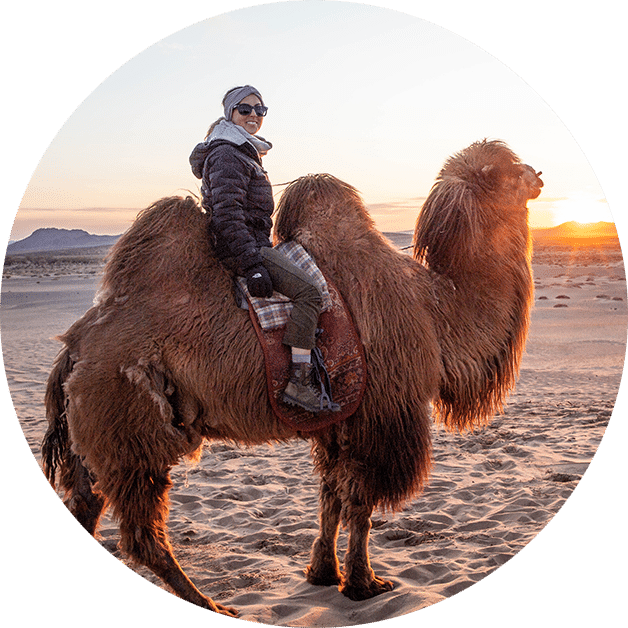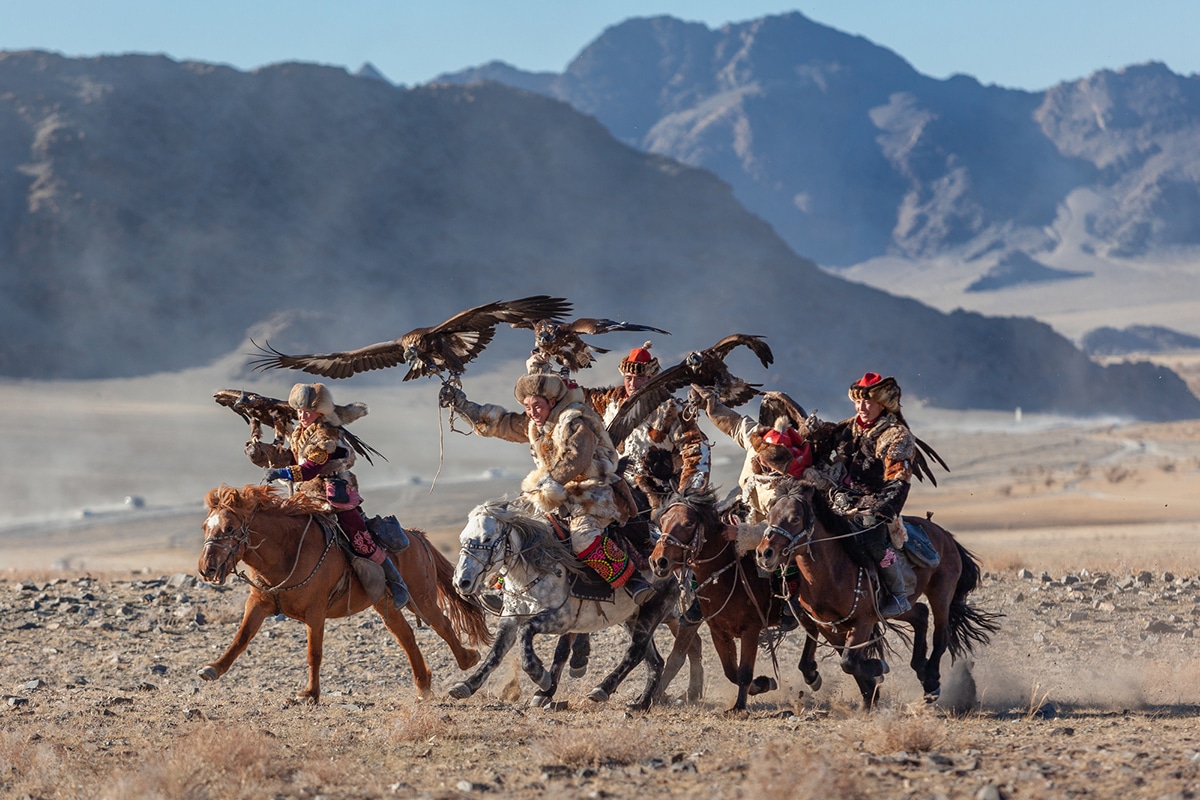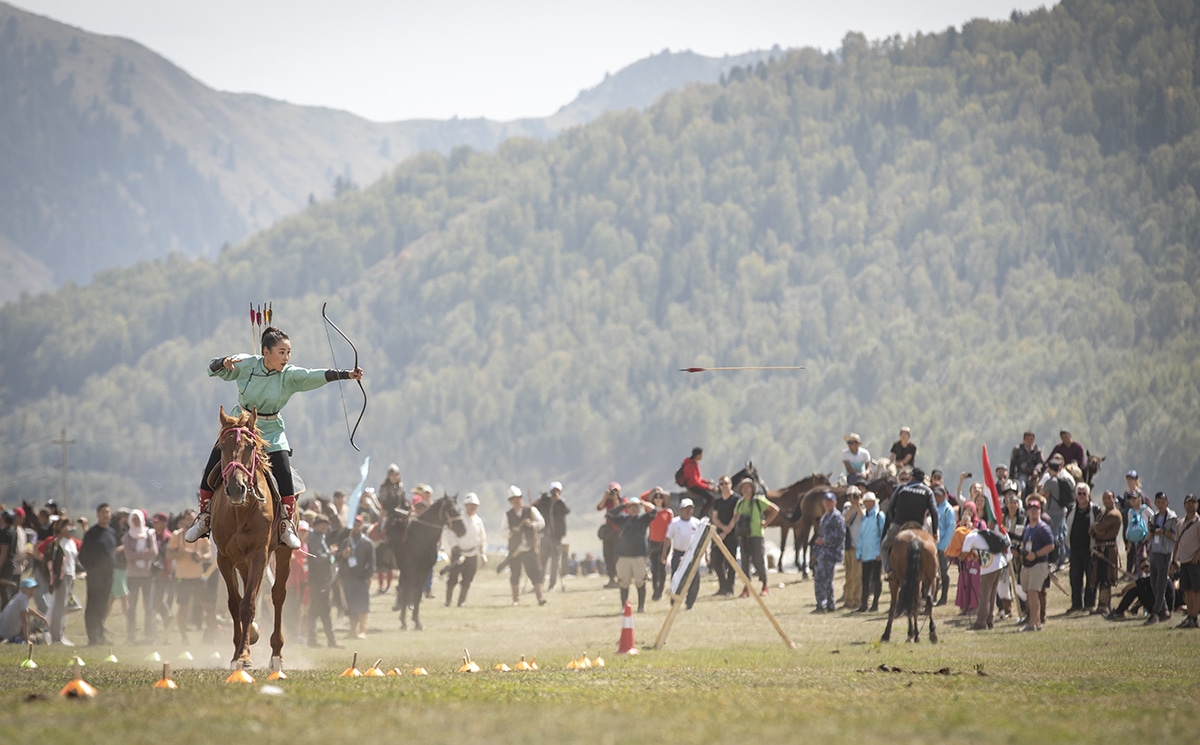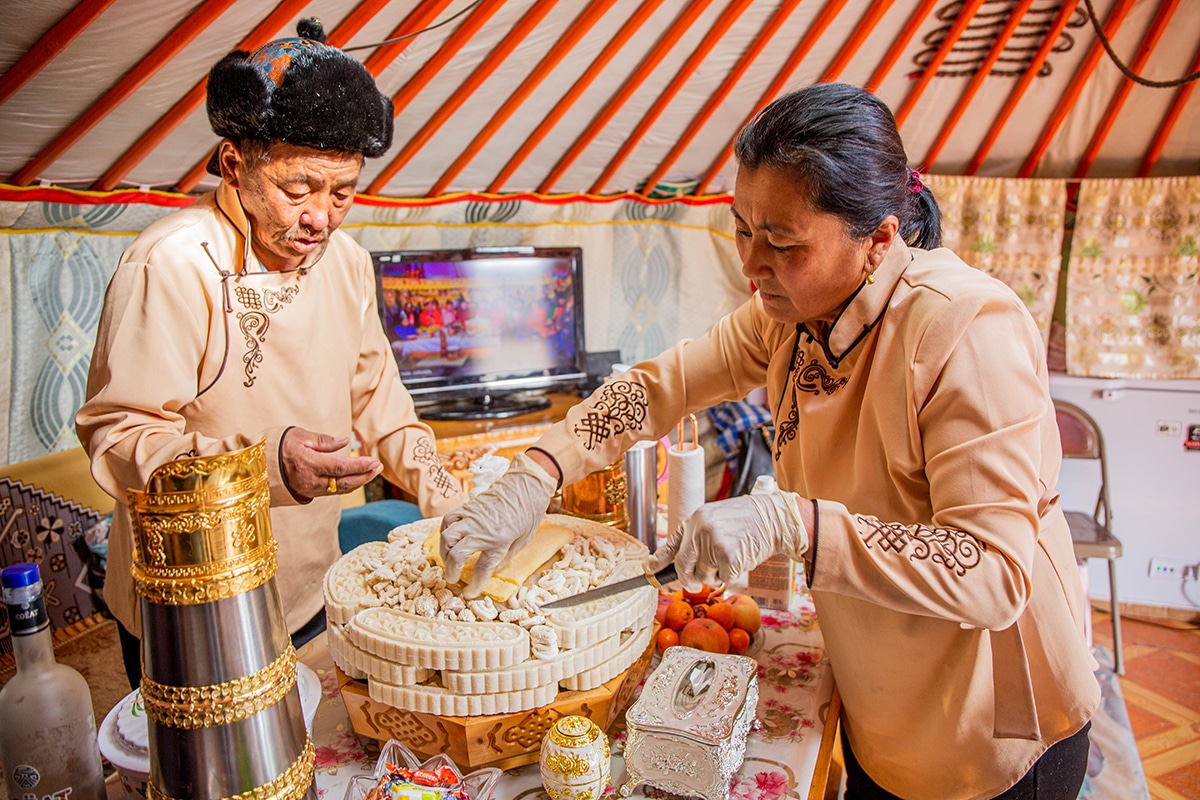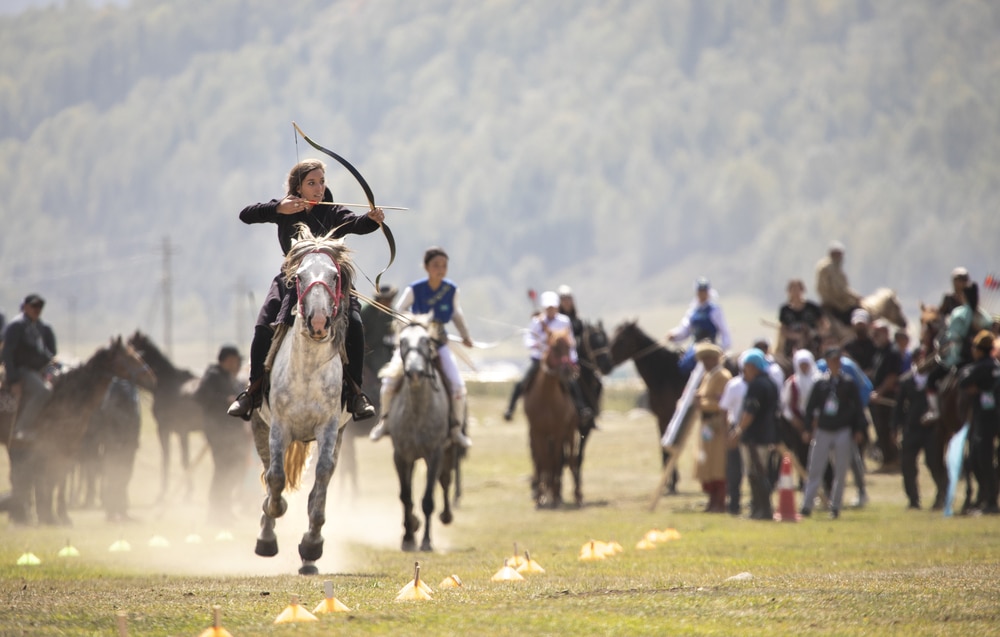The 26 Best Books on Mongolia to Inspire Your Travels
The 26 best books on Mongolia to read before you visit, from novels and personal essays to travel guides and more.
- October 18, 2022
- Updated: January 24, 2024
Table of Contents
It’s no surprise that my fascination with Mongolia has led me down a long reading list of books on the country, culture, and people who make Mongolia such a rich and fascinating place to visit.
Maybe you’re like me and you want to know more about the history of Mongolia and its greatest Khans and Queens? There’s a book, or four for that.
Or maybe you’d rather immerse yourself in the country’s more modern-day issues, from LGBTQIA+ movements to politics. There are a few must-read books for that, as well.
Perhaps wildlife, nature, and animal encounters are more your reading taste.
Maybe it’s personal journeys that transport you to a place as far and unfamiliar as Mongolia. Where you can put yourself in the shoes of a woman riding across the steppe in the world’s toughest horse race or walking across the vast emptiness of the Gobi Desert.
No matter your reading preference, these books will take you on an adventure of the mind and senses through the eyes of some incredible writers, explorers, naturalists, historians, and equestrians.
In the Mongolia reading list below you’ll find 26 of my top recommended reads for understanding and grasping Mongolia through literature. I’ve even gone ahead and broken them down by category:
- The Best Books on Mongolia, Past and Present
- Personal Journeys and Adventures
- The Best Novels Set in Mongolia
- An Up Close Look at Mongolia’s Wildlife and Nature
- The Best History Books About Mongolia
- Travel Guides and More
- Books About Mongolia for Kids
Each of these books can be ordered on Amazon and will undoubtedly inspire and spark a new interest in traveling to Mongolia, if you haven’t caught the Mongolia travel bug already.
Your Mongolia Reading List Cheat Sheet
For the most thorough history of Mongolia, as told by the Mongols, the Secret History of the Mongols: The Origin of Chingis Khan isn’t to be missed.
Admittedly though, the most popular book on Chinggis Khaan (and the explanation of why we don’t call him Genghis Khan in Mongolia), Jack Weatherford’s Genghis Khan and the Making of the Modern World has taken the world by storm.
As far as travel guides go, Lonely Planet is the traveler’s bible when it comes to planning a journey across these ancient lands.
Elevate your coffee table book selection with Palani Mohan’s Hunting with Eagles: In the Realm of the Mongolian Kazakhs and put The Green Eyed Lama aside for a rainy day.
The Most Insightful Books on Mongolia, Past and Present
Young Mongols: Forging Democracy in the Wild, Wild East
Insightful, compelling, and darn moving, Young Mongols is a look into contemporary Mongolia and the new generation leading the charge towards progression, and optimism. The book highlights the new generation of activists driving change in a country that’s long resisted it. A look into the country’s LGBTQIA+ culture, human trafficking, and more, Young Mongols is a profoundly hopeful book.
My Mongolia: A Personal Encounter
When Peter Morrow was hired to turn one of Mongolia’s struggling banks around, he had no idea what he was in for. Moving to Ulaanbaatar in 2000 and spending the rest of his days living in the country, creating a new life for himself here, Morrow’s experiences in Mongolia showcase the historical and cultural backgrounds in which he worked, successfully establishing Khan Bank of Mongolia, one of today’s most successful banks.
On the Trail of Ancient Man: A Narrative of the Field Work of the Central Asiatic Expeditions
When American Roy Chapman Andrews discovered dinosaur eggs 100 years ago in the Flaming Cliffs, he changed the world of archeology and paleontology forever. The first major expedition to make its way through Mongolia, On the Trail of Ancient Man offers an anthropological perspective of the Mongolian landscape and culture, as well as a paleontologist’s point of view when it comes to dinosaur fossils and eggs. To this day, Andrews’ prolific tales continue to live on through his many works.
Across Mongolian Plains
A storyteller and explorer as prolific as Roy Chapman Andrews deserves two spots on this list. Across Mongolian Plains is Andrews’ travelogue written entirely from a sportsman’s standpoint. Andrews makes it a point to avoid overly scientific details instead opting for the more interesting tales and the like from life on the road.
Personal Journeys and Adventures in Mongolia
Hearing Birds Fly
A passionately written account of her time in a remote Mongolian village, Hearing Birds Fly is an intimate tale of the highs and lows of living in an isolated corner of an already isolating country. From new feelings towards the treatment of animals, death, solitude, and real loneliness to the harsh realization of having to live – and survive in – Mongolia’s drastic climates. Louisa Waugh’s journey living in Tsengel, near the Kazakh border, is an in-depth look into human nature and the realities of coming to terms with a drastic life decision.
Rough Magic: Riding the World's Loneliest Horse Race
Not only did Lara Prior-Palmer not expect to finish – let alone win – the world’s longest and hardest horse race, the Mongol Derby, neither did her competitors. This self-conscious story recounts what it took mentally and physically for Prior-Palmer to ride 1,000 kilometers across the Mongolian steppe to against all odds become the endurance race’s youngest winner.
Walking the Gobi: A 1,600-Mile Trek Across a Desert of Hope and Despair
At 63 years young, Helen Thayer fulfilled her lifelong dream of crossing Mongolia’s Gobi Desert by foot. Accompanied by her husband and two camels, Thayer recounts the adventure of walking 1,600 miles in 126 degree temperatures battling fierce sandstorms, dehydration, dangerous drug smugglers, and ubiquitous scorpions all along the way. Allow Thayer to introduce you to nomadic herders and put the Gobi Desert’s natural history front and center in this remarkable feat in storytelling – and adventure.
Border Crossings: A Journey on the Trans-Siberian Railway
When a Trans-Siberian Handbook landed in the hands of artist and illustrator Emma Fick and boyfriend Helvio, an idea was born. Follow along as the duo chronicle their unforgettable 26-day, 8-city journey from Asia to Moscow – including a memorable stop in Mongolia tasting salty milk tea, sleeping in yurts, and riding camels.
Daring Greatly: A Memoir of the Mongol Derby
Another personal recount of a rider’s quest to conquer the Mongol Derby, dubbed the world’s toughest horse race, Bianca Farmas-Griffith takes us along her wild ride. Literally. From riding semi-feral, ancient, nomadic horses, and the effect of the race your body, your mind, your heart, this read is as wild a ride as the race itself.
Rowing to Baikal: Sixty Days on Mongolia's Selenge River
Known among the flyfishing community for the last best place for taimen, the planet’s largest salmonid, Mongolia’s Selenge River is one of the most rugged regions on earth. In author Peter Fong’s book, he recounts his expedition of more than 1,500 kilometers by horse, camel, kayak, and rowboat along the river to Russia’s Lake Baikal. Throughout the book he touches on the fish and wildlife that shaped his experience, the nomadic herders he encountered, and the gods that haunted the mountains he called home each night of his trip. The book is a great read if you’re planning any sort of expedition into the remotest corners of Mongolia.
The Best Novels Set in Mongolia
Wolf Totem: A Novel
An international bestseller, Wolf Totem is a captivating and enthralling tale of the dying culture of the Mongols. Set in 1960s China, the novel tells the tale of Beijing intellectual Chen Zhen and the travels he embarks on through the pristine grasslands of Inner Mongolia. Discovering a harmony between nature and what it takes to survive in this extremely difficult environment, it’s an encounter with the land’s sacred wolves that truly awakens him. Years later, when Chen’s society aims to eradicate the wolves he once felt so connected to, Chen has the spiritual foresight to see the need for extinction won’t end there.
The Blue Sky
Set in Western Mongolia’s Altai Mountains, The Blue Sky follows the young shepherd boy Dshurukuwaa. As his life unfolds siblings leave for school, family members pass away, and he begins to truly understand his tribe’s profound connection to the land they live on. Galsan Tschinag is the first and only member of the Tuvan tribe to use written language to embark on a journey in storytelling such as this, chronicling the tribe’s innermost traditions in this fascinating, bittersweet novel.
The Green Eyed Lama
Described by Jack Weatherford as “the best book written about Mongolia, ever,” The Green Eyed Lama is an obvious choice for this list. Set in Communist-era Mongolia in 1938, the novel begins with orders from Moscow for a nationwide purge. The purge would eventually eradicate nearly a tenth of the country’s population, targeting intellectuals, artists, and Buddhist lamas. But, when one Buddhist lama, Baasan, who is originally sentenced to death eventually agrees to become a KGB agent, it’s his secret to save the Buddhist faith that saves them all. Based on a true story, The Green Eyed Lama is the first Mongolian novel to be published in the west in 2008.
When I'm Gone, Look for Me in the East: A Novel
A tale of brothers and a brotherly bond so strong they hear the other thoughts, the book follows Chuluun and Mun on their journey across the vast Mongolian landscape. While the task of the journey is to find the reincarnation of the great lama, it’s the brother’s individual faiths that will test them the most on this journey. Through the varied terrains of Mongolia and the western Altai mountains to the stark contrasts of the Gobi Desert and on to the ancient capital city of Chinggis Khaan, Mongolia’s unforgiving beauty is at the center of this work of fiction.
An Up Close Look at Mongolia’s Wildlife and Nature
A Field Guide to the Birds of Mongolia
Through this book learn the common, scientific, and Mongolian names for Mongolia’s most common and rarely observed birds. Whether you’re an experienced ornithologist or new to birding, the detailed illustrations on the plumage variation between sexes, seasons, and age classes, as well as the upper side and underside of birds in flight make it one of the best resources for learning more about Mongolia’s bird species. Alternatively, the Birds of Mongolia by Gombobaatar Sundev and Christopher W. Leahy is another great resource.
Into Wild Mongolia
First visiting Mongolia in 1989, Biologist George Schaller was one of the first Western scientists to study and assess the conservation status of Mongolia’s many unique, native wildlife species. For the next 30 years Schaller would continue to visit Mongolia, with this book being his firsthand account of his expeditions within the country. As one of the foremost leaders in the country’s conservation initiatives for the snow leopard, Gobi bear, wild camel, and Mongolian gazelle, among other species, the book features incredible photographs as well as a unique perspective on the wildlife he encountered during his travels through the steppe, mountains, and across the Gobi Desert.
Hunting with Eagles: In the Realm of the Mongolian Kazakhs
For thousands of years Kazakh nomads have carried on the tradition of eagle hunting in Western Mongolia. Hunting with Eagles is photojournalist Palani Mohan’s way of recording this ancient tradition through images, documenting this unique and dying tradition that bonds hunters and eagles that’s still sacred in this part of the world.
The Best History Books on Mongolia
Genghis Khan and the Making of the Modern World
One of the most insightful and compelling reads on Mongolia’s most infamous – and misunderstood – emperors, Genghis Khan and the Making of the Modern World opens your eyes to the influence the Great Khaan still has on today’s world. Follow the events that unfolded in a young Temüjin’s life and how they drove him to conquer the world with empathy and respect, abolishing torture, granting universal religious freedom, and smashing feudal systems of aristocratic privilege along the way.
The Secret History of the Mongol Queens: How the Daughters of Genghis Khan Rescued His Empire
Following the success of Genghis Khan and the Making of the Modern World, The Secret History of the Mongol Queens follows the thirteenth century queens who were the daughters and daughters-in-law of Genghis Khan. They fostered trade, allowed equal education, and continued to promote freedom of religion across the world’s first truly international empire. Despite attempts to erase these famous women from history, Weatherford brings them to life through the pages of this book with his vivid retelling of this lost history.
Secret History of the Mongols: The Origin of Chinggis Khan
Recognized today as the oldest text in Mongolian history, and written two decades after Genghis Khan`s death, the Secret History of the Mongols tells the history of the nation and their most celebrated leader in their words. Secret History offers a strong sense of Mongolian culture while still presenting the growth of the Mongol Empire from an on the ground point of view.
Empires of the Silk Road: A History of Central Eurasia from the Bronze Age to the Present
A more inclusive history of Central Eurasia as a whole, Empires of the Silk Road offers a history of some of the most famous rise and falls of this millennia – including that of Genghis Khan, as well as Attila the Hun, and more. Take a look back through the history of this part of the world as well as its role in shaping civilization as we know it today.
The Best Travel Guides for Exploring Mongolia
Lonely Planet Mongolia Travel Guide
From what to know about traveling to Mongolia to important things to get you through your first few days on the ground, Lonely Planet’s Mongolia Travel Guide is one of the most inclusive and detailed guidebooks to get you through your Mongolia adventures. Browse their itinerary recommendations, find hotels, guesthouses, and ger camps, and figure out how to make a trip to Mongolia fit within your budget – no matter what it is.
Additionally, don’t forget to check out our Mongolian Language Cheat Sheet.
The Best Books About Mongolia For Kids
Warrior Princess: The Story of Khutulun
An empowering picture book about Khutulun, the great-great granddaughter of Genghis Khan, this biography tells the tale of how one of the world’s great warrior princesses became the commander of the Khan’s army. Appropriate for children 5 – 7 years of age, this 44 page book is an inspiring tale proving that gender has no limits.
Mongolian Empire: History for Kids
Showcasing the innovation and creativity the Mongol Empire often goes uncredited for, and not just when it came to warfare, this history book for kids highlights the Mongol’s ingenuity in horsemanship, archery, and in their fighting skills, as well as in art. This book is for children ages 8 – 12 years old and is great for inspiring curious minds in an easily digestible manner.
Stand on the Sky
For children who love animals, this tale of Aisulu and her quest to become an eagle hunter against all odds, is as inspiring as they come. Secretly caring for an orphaned baby eagle, Aisulu learns to train – and earn the trust – of this majestic creature, creating a bond that can never be broken.
Who is Genghis Khan?
As the ruler of the largest empire in human history, the story of Genghis Khan is one that every child will come across during their lifetime. A fun way to sneak history and culture into an 8 – 12 year old’s book list, Who is Genghis Khan? is able to keep a child’s attention while sparking their interest in a culture as deep-rooted and important as the Mongol’s.
I’m linking to my full list of recommended books on Mongolia on Amazon. Tell me which books you’ve read on this list or let me know if I’ve missed any of your favorites.
Author: Breanna Wilson
Hi! Sain uu! I’m Breanna, an American travel writer and adventurer living in Ulaanbaatar, Mongolia for more than 5 years. I’ve written for and been featured in Condé Nast Traveler, CNN, Forbes, and the New York Times, among others. Read more of my Mongolia travel articles here.
Join my Private Travel Group on Facebook
Proudly Based in Ulaanbaatar, Mongolia
© 2024 Meanwhile in Mongolia

